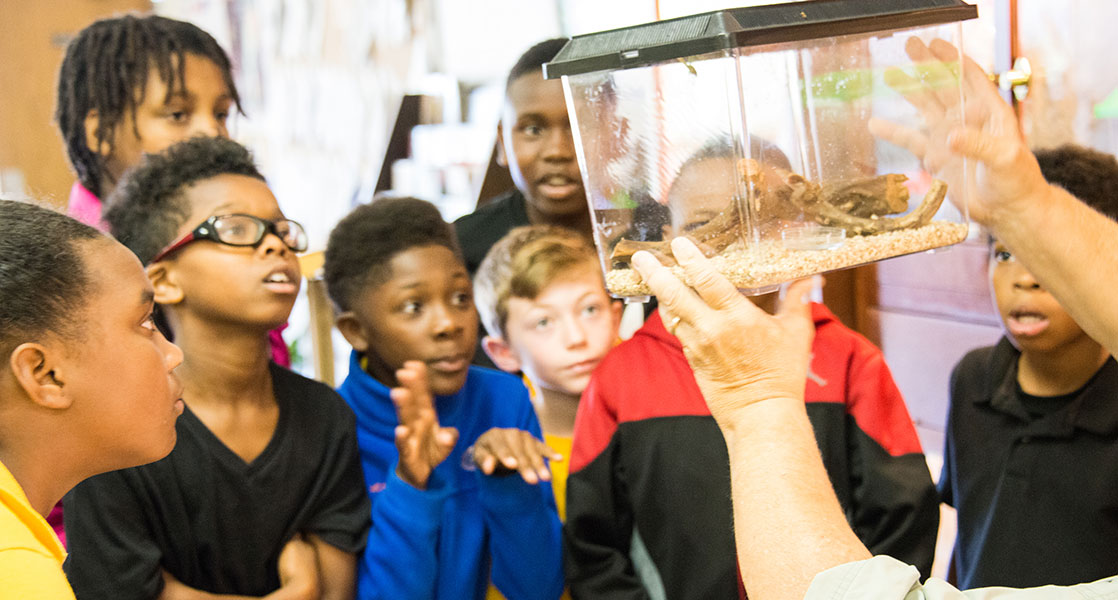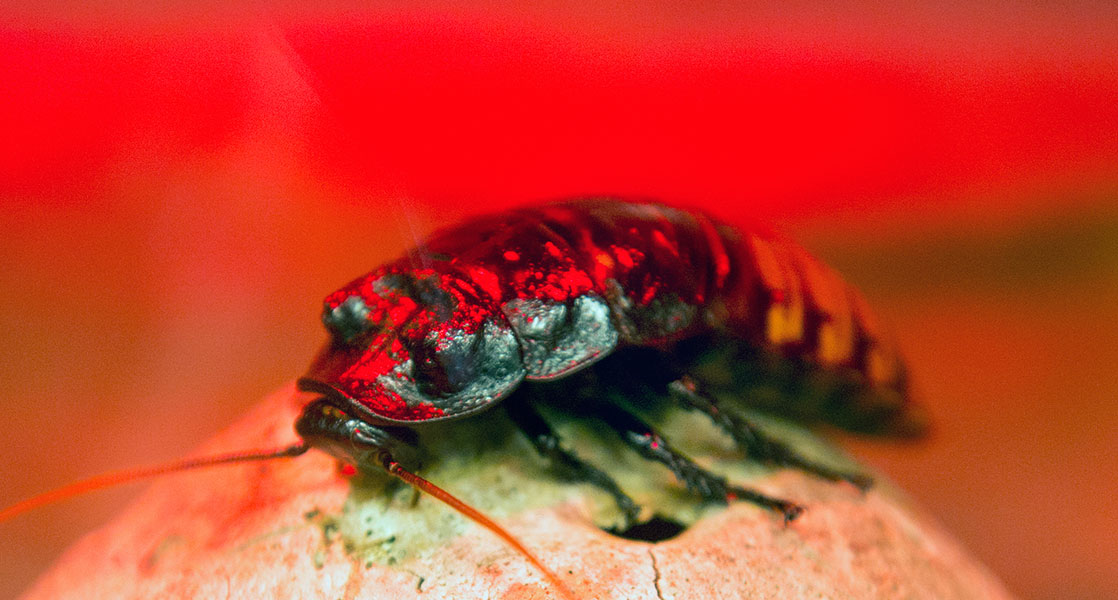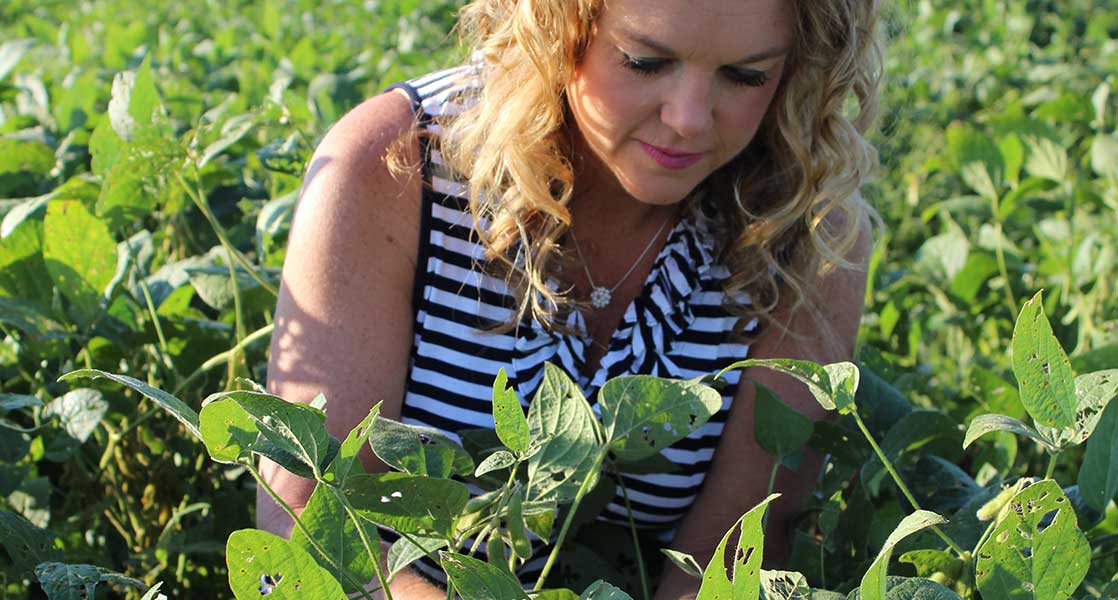Resources
Cotton Insect Losses - 1999
Compiled for National Cotton Council
Michael R. Williams, Chairman
Extension Entomologist
Cooperative Extension Service
Mississippi State University
Mississippi State, MS 39762
Background
This information was provided by state coordinators and was collected from surveys of county agents, extension specialists, private consultants and research entomologists. All data are averaged over a total reporting unit. For example, if a unit report represents 100 acres and an 8% loss on 25 of these acres, then in the table summary this shows up as a 2% loss. ((.0825)/100). This type of averaging is used for all data reported including yields and costs of control. Because of averaging and rounding some individual state summary numbers listed as `0' are slightly larger. Costs are averaged to the nearest cent, bales and acres to the nearest whole number, other numbers are rounded to the nearest .001. Bales are calculated at 480 pounds, and a cost of $0.65 per pound of lint is used in figuring costs.
Highlights
Arthropod pests reduced overall yield by 7.66% in 1999. Acreage was up and yields were down, largely due to weather. Over 1 million acres of planted cotton were not harvested in 1999. Texas losses overshadowed those in the remainder of the cotton belt. Cotton fleahopper became the number one pest in 1999 at 2.36 % reduction in yield. Boll weevil, no longer a major factor east of the Mississippi River, is still number two at 2.2% loss. The bollworm/budworm complex, causing 1.05% loss, was the number three arthropod pest of cotton in 1999. Seventy- nine percent (79%) of US cotton acres was infested by heliothines. Of those, 71% were bollworms, Heliocoverpa zea. Only 57% of US acreage is reported infested by boll weevils. Lygus at 0.93% loss was 4th and stink bugs (0.37%) were 5th . Thrips (0.27%) , aphids (0.22%) , spider mites (0.12%), pink bollworm (0.037%) and silverleaf whitefly (0.02%) complete the the top ten insect pests of 1999. Total cost of management and loss to insects to the 1999 crop was $1.269 billion or $93.34 per acre. Of those costs approximately $50 are direct insect management costs.
Key to Tables
Table 1a -- USDA/NASS planting and harvest acres
Table 2 -- At planting insecticide applications
Table 3 -- Cotton insect eradication costs
Table 4 -- Bt cotton costs by state
Table 5 -- Application type and costs
Table 6 -- Cotton insect monitoring costs
Table 7 -- Summary of All States
Tables 8-8c -- Alabama Tables
Tables 10-10b -- Arkansas Tables
Tables 11-11c -- California Tables
Table 13 -- Georgia Summary
Tables 14-14b -- Louisiana Tables
Tables 15-15b -- Mississippi Tables
Table 16 -- Missouri Summary
Table 17 -- New Mexico Summary
Table 18 -- North Carolina Summary
Table 19 -- Oklahoma Summary
Table 20 -- South Carolina Summary
Tables 21-21b -- Tennessee Tables
Tables 22-22h -- Texas Tables
Table 23 -- Virginia Summary
Explanation of Tables
In an attempt at capturing as many of the costs of insect management as possible, the Cotton Insect Losses estimates have changed in the last few years. They were begun as a simple attempt to arrive at the `average cost of spraying insecticide' for control of cotton arthropod pests. We still attempt to arrive at the most accurate estimate possible for spray activities, but have also added some of the other costs which are incurred in cotton insect pest management. These `additional' costs increase the bottom line of expenditures for arthropod pest management - but also more accurately reflect true expenditures. We include `at planting insecticide costs,'(an estimate of the cost of systemic insecticides applied at planting for control of thrips and other pests of seedling cotton) `Bt cotton costs,'(an estimate of the technology fee) `eradication costs'(which include the maintenance fee in those states which have eradicated the weevil and other eradication projects) and `scouting costs' to the traditional `foliar insecticide costs.' Bales lost are also given a dollar value using 480 pound bales at $0.65 per pound. Remember, these are estimates and may not totally reflect an individual farm or area, but they do reflect trends and serve as a general comparison.
State Coordinators
Arkansas --- Dr. Charles Allen
Arizona --- Dr. Peter Ellsworth
California --- Dr. Peter Goodell
Florida --- Dr. R. K. Sprenkel
Georgia --- Dr. Phillip Roberts
Louisiana --- Dr. Ralph Bagwell
Mississippi --- Dr. Blake Layton
New Mexico --- Dr. Jane Pierce
North Carolina --- Dr. Jack Bacheler
Oklahoma --- Dr. Miles Karner
South Carolina --- Dr. Mitchell Roof
Tennessee --- Dr. Ron Seward
Texas --- Dr. James Leser
Virginia --- Dr. Ames Herbert



